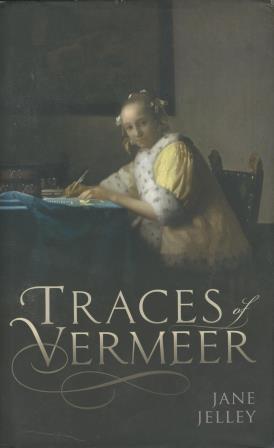 |
7
M 67
Mihailovic, Alexandar. The Mitki and the art of postmodern protest in Russia : научное издание / Alexandar Mihailovic. - Madison : University of Wisconsin Press, 2018. - xvii, 254 с. : ил. - Библиогр.: с. 239. - Указ.: с. 249
Перевод заглавия: Митьки и искусство постмодернистского протеста в России
During the late Soviet period, the art collective known as the Mitki emerged in Leningrad. Producing satirical poetry and prose, pop music, cinema, and conceptual performance art, this group fashioned a playful, emphatically countercultural identity with affinities to European avant-garde and American hippie movements. More broadly, as Alexandar Mihailovic shows, the Mitki pioneered a form of political protest art that has since become a centerpiece of activism in post-Soviet Russia, most visibly in groups such as Pussy Riot. He draws on extensive interviews with members of the collective and illuminates their critique of the authoritarian state, militarism, and social strictures from the Brezhnev years to the Putin regime.
Содержание
Экземпляры: 1 - корпус 2, аудитория 201.
|
 |
75
J 40
Jelley, Jane.Traces of Vermeer / Jane Jelley. - 1-е изд. - Oxford : Oxford University Press, 2019. - xxiii, 339 с. : цв.ил. - Библиогр.: с. 297. - Указ.: с. 321
JOHANNES VERMEER’ luminous paintings are loved and admired around the world, yet we do not understand how they were made. We see sunlit spaces; the glimmer of satin, silver, and linen; we see the softness of a hand on a lute string or letter. We recognize the ditilled impression of a moment of time; and we feel it to be real. We might hope for some answers from the experts, but they are confounded too. Even with the modern technology available, they do not know why there is an absence of preliminary drawing; why there are shifts in focus; and why his pictures are unusually blurred. Some wonder ifhe might possibly have used a camera obscura to capture what he saw before him. The few traces Vermeer has left behind tell us little: there are no letters or diaries; and no reports of him at work. Jane Jelley has taken a new path in this detective story. A painter herself, she has worked with the materials of Vermeer’s time: the cochineal insect and lapis lazuli; the sheep bones, soot, earth, and rust. She shows us how painters made their pictures layer by layer; she investigates old secrets; and hears used a tales. She explores how Vermeer could have used a lens in the creation of his masterpieces.The clues were there all along. After all this time, now we can unlock the studio door, and catch a glimpse of Vermeer inside, painting light.
Содержание
Экземпляры: 1 - корпус 2, аудитория 201.
|